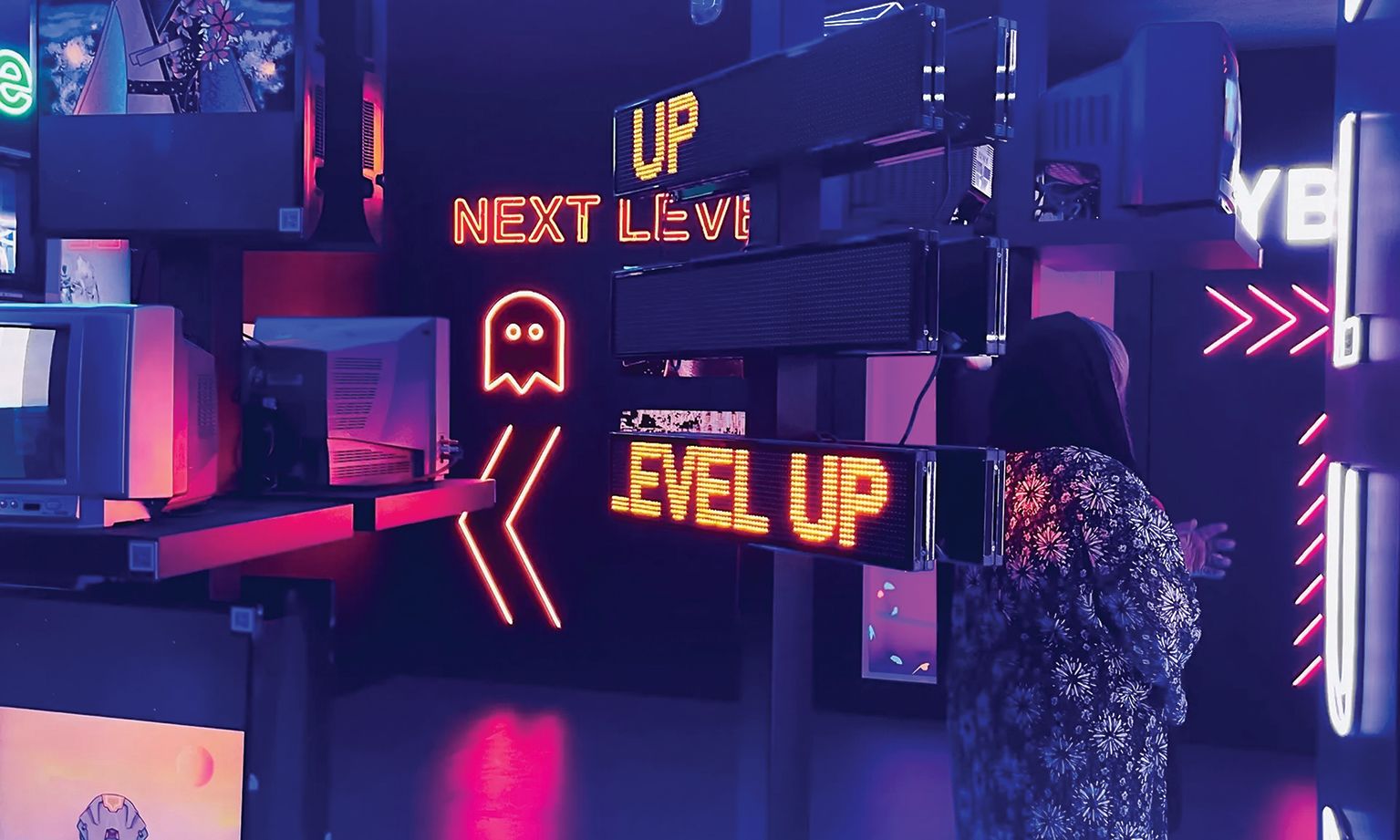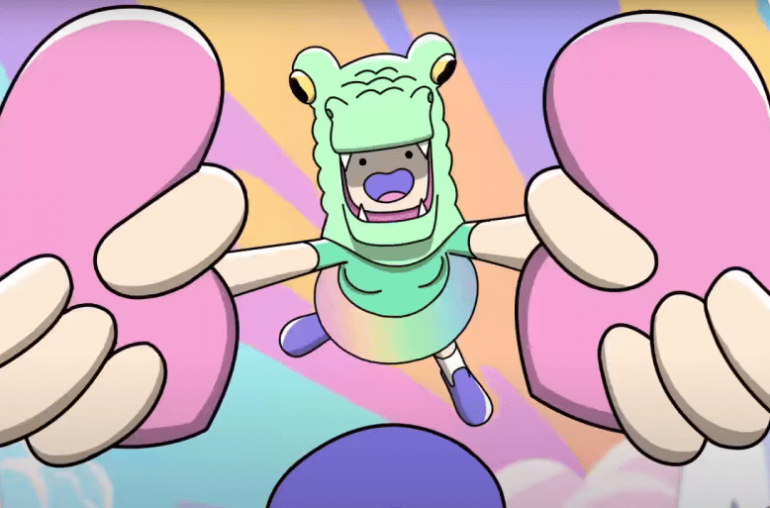The new Digital section of the Emirati fair Art Dubai in 2022, focused on NFTs, cryptocurrency, video art and virtual reality. There is speculation that the NFT bubble is finally ready to burst, with creators feeling the squeeze
Photo: Aimee Dawson
When NFT (non-fungible token) sales surged in the spring of 2021, the art world held its breath for a digital culture shift. While many old-guard dealers, academics and critics rolled their eyes at the notion of strictly virtual art enterprises, business-minded artists everywhere rejoiced; NFTs would theoretically ensure secondary sales royalties, an opportunity for recurring, passive income that has historically evaded art makers in many jurisdictions. But much has changed since the heyday of NFT trading last year—according to Reuters, sales are down nearly 99%, a 15-month low in an already-precarious sector, and creators are feeling the squeeze.
Axios reported that four separate crypto marketplaces will stop honouring artist royalties, a worrying trend that impacts those who first introduced blockchain into the cultural consciousness. Magic Eden and LooksRare in particular have pivoted to royalty-optional models, allowing buyers to decide whether or not to pay creators the customary 3%-10% of the resale price for NFTs. The motivation is clear: traders want larger profit margins on NFT resales, and platforms want to retain and reward traders who buy in bulk, a practice that compounds fees at a steeper rate than one-off purchases. This progression has prompted investors to speculate as to whether the NFT bubble is finally ready to burst.
Even though NFT creator fees are contracts, blockchain code cannot actually enforce token transfer stipulations, rendering those contracts essentially voluntary by design. From an operational perspective, royalties were never guaranteed on the blockchain; instead, the documentation of each NFT only requests a royalty, a procedure that platforms have previously honoured in more favourable market conditions.
Artist Mike Winkelmann, better known as Beeple, who famously sold an NFT in March 2021 at Christie’s for $69.3m (including fees), wrote on Twitter: “There is ZERO way to FORCE royalties technologically,” insisting that creators should “build a collector base that WANT[s] to honour these royalties”.
Even while marketplaces like LooksRare have attempted to offset damage by instituting a 25% protocol fee cut to creators, criticism came swiftly. NFT artists and watchdog communities like crypto ecosystem Immutable X are naming and shaming royalty-eschewing platforms, compiling blacklists and threatening mass divestment. So far, Ethereum market leaders MakersPlace and OpenSea are retaining their fee-favouring policies; in a public statement, the MakersPlace chief executive Craig Palmer even declared that the “optional approach” doesn’t fit with his “vision for the space”.
Obstacles to flexibility
In November, the OpenSea chief executive Devin Finzer announced that mandatory creator fees would be enforced for new NFT collections. “We believe creators should have the power to build the collections and communities that they desire, and buyers and sellers should continue to have the freedom to choose which collections they do and don’t engage with,” he wrote in a blog post. Even so, the code Ethereum NFT creators can insert into these new collections will necessarily prevent them from being traded on other marketplaces, an obstacle for flexibility-minded sellers.
“This is all telling of the ways in which ideologies from Web 2.0 are still in Web 3.0,” says Margaret Murphy, a multidisciplinary artist and the head of community for Misa.Art, a Berlin-founded NFT marketplace. “What feels different, though, is the way in which the artists and creators are pushing back against this.” She adds that not all platforms seem to be plagued by these embittered dynamics between artists and sellers. “In my experience, Tezos is the blockchain that aligns in favour of the artist, as opposed to Ethereum,” she says. “Perhaps the conversation is really about shedding the capitalistic motivations behind flipping NFTs on Ethereum that is souring Web 3.0.”
Tezos is not the only beneficiary of an artist-centric approach. As of October, Cardano NFTs has officially become the third-largest NFT trading protocol, in no small part due to its creator-friendly royalty policy. Artists looking to retain their royalties have identified Cardano as a viable alternative to the two most popular blockchains—Ethereum, the larger, user-friendly platform, and Solana, the smaller, newer marketplace with faster speeds and lower transaction costs. The spaces nixing creator fees are primarily Solana-backed, but even Ethereum-based policies prevent sellers from trading on other platforms, ultimately undercutting the market pliancy valued by sellers and creators alike.
The fee-eliminating tendency in NFTs reflects a general trend towards corner-cutting in the crypto sphere. After cryptocurrency exchange Binance.US eliminated fees for spot Bitcoin trading last July, fee compression became a feature of the sector’s trading ethos. While technology-enhanced efficiency may reduce the cost of doing business, it may also represent its own harbinger of doom for NFT traders. OpenSea’s commitment to artist royalties may buck broader economic trends, but as a side effect it may minimise diversification across blockchains.


